Vung Tau City Vietnam: History, Weather & Best Time to Visit
Vung Tau, the closest beach resort to Saigon/Ho Chi Minh City of Vietnam, and can be reached by a picturesque hydrofoil ride down the Sài Gòn River or by a rather circuitous highway route. The water is not terribly clean, but the town with its fishing fleet and outdoor restaurants is colorful and relaxing. Thousands flock there on Sunday afternoons to jump into the surf with most of their clothes on. Bai Truoc (Front Beach) is the most popular.
1. History of Vung Tau City:
The cape that would become Vũng Tàu City was a swamp which European trading ships visited regularly during 14th and 15th centuries. The ships' activities inspired the name Vũng Tàu, which means "anchorage area". The French Indochinese government named it Cap Saint-Jacques. The cliff of Vũng Tàu is now called Mũi Nghinh Phong (literally meaning "Cape of breeze welcome" or "Cape of greeting the wind").
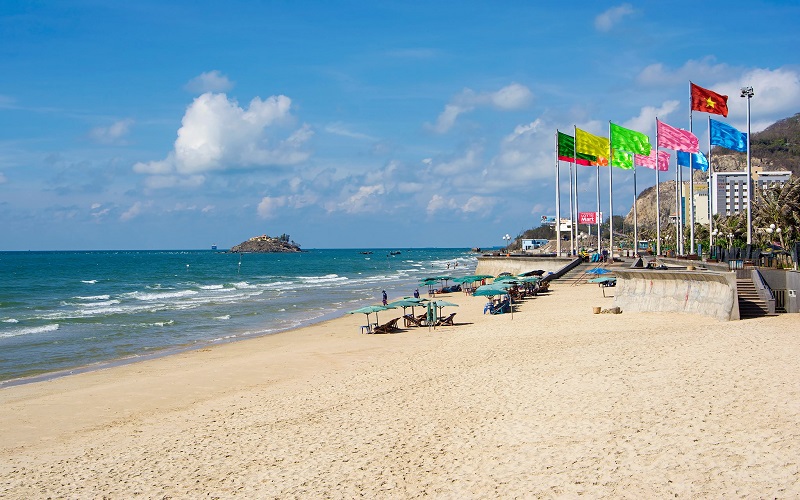
Vũng Tàu was originally referred to as Tam Thắng (“Three Boats”) in memory of the first three villages in this area: Thắng Nhất, Thắng Nhị, Thắng Tam, within the province of Biên Hòa under the Nguyễn Dynasty (1802 - 1945). Under the reign of king Gia Long (1761–1820), when Malay pirates built a base here and subsequently became a danger to traders in Gia Định city, the king sent his army to crack down on the pirates.
The pirates were ousted and the troops were given the land as a reward. 10 February 1859 marked the first use of cannons by Vietnamese Nguyễn's army, when they fired at French battleships from the fortress of Phước Thắng, located 100m from Vũng Tàu's Front Beach. This marked an important period in Vietnam's war against French invaders in southern Vietnam (then called Cochinchina).

In 1876, according to a decree by the French government, Vũng Tàu was merged in Bà Rịa county per Saigon's administration. During the 1880s there were talks about moving Saigon's port facilities to Vũng Tàu City, but this came to nothing due to Saigon's better infrastructure.
On 1 May 1895, the governor of Cochinchina established by decree that Cap Saint Jacques would thereafter be an autonomous town. In 1898, Cap Saint Jacques was merged with Bà Rịa county once again, but re-divided in 1899. In 1901, the population of Vũng Tàu was 5,690, of which 2,000 persons were immigrants from northern Vietnam. Most of the town's population made their living in the dancing industry. On 4 April 1905, Cap Saint Jacques was made an administrative district of Bà Rịa province. In 1929, Cap Saint Jacques became a province, and in 1934 became a city (commune). The French governor of Indochina, Paul Doumer (who later became president of France), built a mansion in Vũng Tàu that is still a prominent landmark.
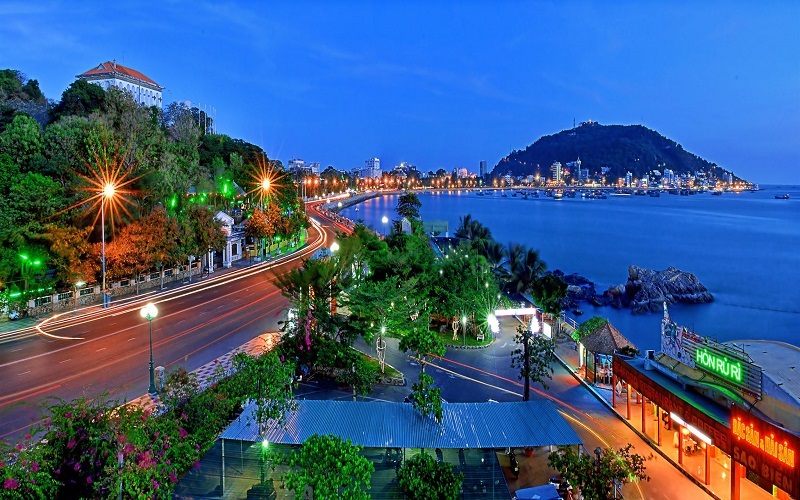
In the First Indochina War Vũng Tàu's military hospital facility was used by French soldiers on sick leave. On 21 July 1952 Viet Minh fighters disguising themselves in French military uniforms and armed with machetes, grenades, and Sten submachine guns snuck into the building's R&R centre, where a number of unarmed French officers were having dinner with their families. The rebels threw a grenade from the kitchen killing the Vietnamese bartender, then shot the cook Nguyen Van Loc who was trying to play dead. Attackers stationed in the hallway found the four children of Air Vietnam President Jean Perrin-Christian, Elysabeth, Michel, and Nicole - who were playing a game of hide-and-seek. Elysabeth, Christian and Nicole were gunned down by the Viet Minh, and Michel who tried to run away was hacked to death with machetes.
Now that the coast was clear they entered the dining room where the French customers were attacked with gunfire and grenade attacks. Twenty people including four Vietnamese civilians were killed in the attack, and 23 were injured. The only people to survive unharmed were a boy who hid behind a chair and a lieutenant who covered himself in a dead woman's blood to make it appear he was dead.
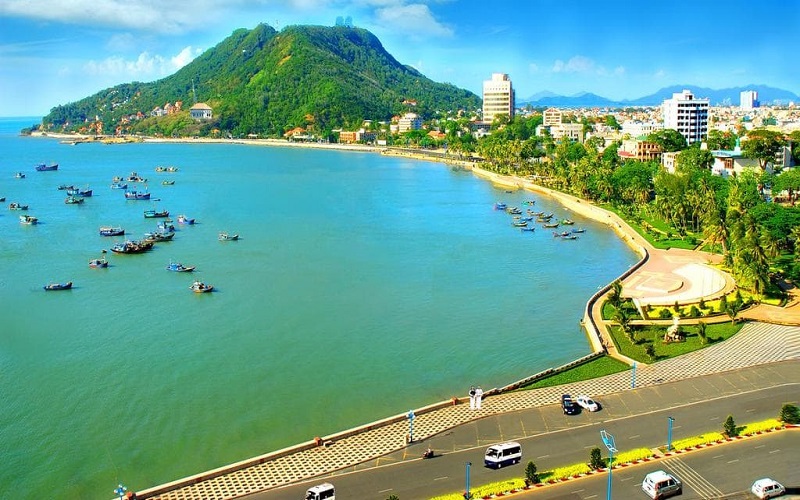
During the Vietnam War, the 1st Australian Logistics Support Group was based in Vũng Tàu – as were various United States military units at different times. Vũng Tàu also became popular for R&R, amongst in-country US, Australian and New Zealand personnel.
After the war, due to Vietnam being put under debilitating trade embargoes by the United States, Vũng Tàu was a common launching place for the "Vietnamese boat people" – refugees escaping the post-war Communist regime. On 30 May 1979, Vũng Tàu town was made the capital of Vũng Tàu - Côn Đảo Special Administrative Zone. On 12 August 1991, Bà Rịa–Vũng Tàu province was officially founded and Vũng Tàu town officially became Vũng Tàu City.
2. Vung Tau Weather and Climate
Vung Tau City has a “Tropical wet and dry or savanna” climate. The highest temperature is about 31.6°C (88.88°F) and the lowest is 24.3°C (75.74°F), with an average yearly temperature of 27.8°C (81.98°F). Annual rainfall averages nearly 1387.9 millimetres (54.64 inches).
Historical monthly average weather conditions for Vung Tau.
| Months | High / Low (°C) | Rain |
| January | 28.6° / 24.3° | 1.5 days |
| February | 28.8° / 24.3° | 0.6 days |
| March | 29.9° / 25.7° | 1.7 days |
| April | 30.7° / 27.0° | 7.1 days |
| May | 31.6° / 28.1° | 20.7 days |
| June | 30.6° / 27.2° | 25.0 days |
| July | 29.9° / 26.6° | 24.8 days |
| August | 30.1° / 26.7° | 25.6 days |
| September | 29.9° / 26.4° | 23.5 days |
| October | 29.7° / 26.1° | 22.0 days |
| November | 29.6° / 25.9° | 13.3 days |
| December | 29.0° / 25.0° | 5.8 days |
3. Best Time to Visit Vung Tau Vietnam
Ba Ria - Vung Tau belongs to the tropical monsoon climate region, with two distinct seasons each year. The rainy season with Southwest monsoon starts from May to October. The dry season in Vung Tau starts from November to April next year. During this time, there will be a northeast monsoon. The average annual temperature is 27 Celsius, the lowest, and the highest is about 24.8 Celsius degree and about 28.6 Celsius degree in turn.
Due to the cool and mild climate weather conditions, you can come to visit and enjoy your relaxation time in Ba Ria - Vung Tau at any time in the year. However, if you want to swim and enjoy the beach's atmosphere, you should travel in the dry season from November to April following year. During the dry season, the sea is more beautiful and quieter, safe to swim and sail.
See Related Articles:

Best of Vietnam

Best Vietnamese Food You Have to Try in Vietnam
Best Food in Vietnam: Vietnamese Traditional Food is top World well known to be both healthy and...
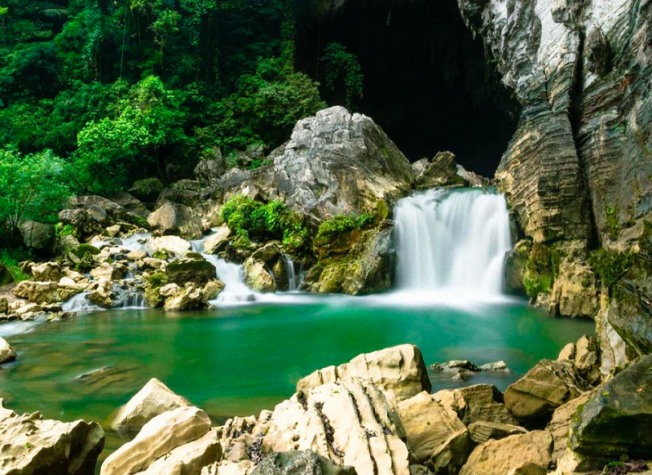
10 Best National Parks in Vietnam
Vietnam Travel Guide: If you look for the Best Wildlife Discovery Experience in Vietnam, here are...
Read More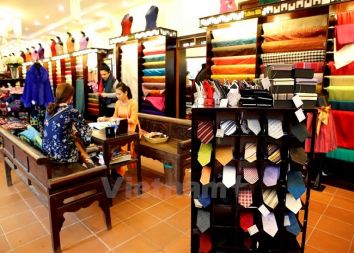
Best Souvenir to Buy in Vietnam
If you look for Best Things to Buy when traveling to Vietnam to bring home for your family & friends...
Read More
The 10 Best Places to Visit in Vietnam
Vietnam Travel Guide: Home to an extensive collection of historical and cultural attractions,...
Read More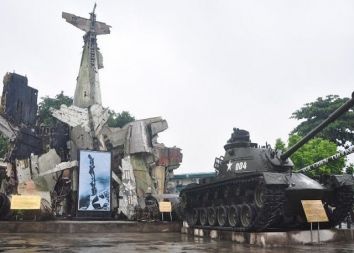
Top 10 Museums You Should Not Miss in Vietnam
Vietnam, 4.000 years old country has a unique and lengthy history, culture with 54 ethnic groups. It...
Read MoreFind your trip
Vietnam Best Tours
Vietnam Car Rental
Vietnam Travel Blog
- Vietnamese People: Origin, History, Culture and Traditions
- Vietnam Currency: Best ATM and Places to Exchange Money
- Vietnam Map: Regions, Cities & Provinces Map of Vietnam
- What is illegal Things in Vietnam: Rules & Laws for Tourists
- Best Time to Travel to Vietnam to Avoid the Bad Weather
- Vietnam News: Population & Religions of 54 Ethnic Groups









